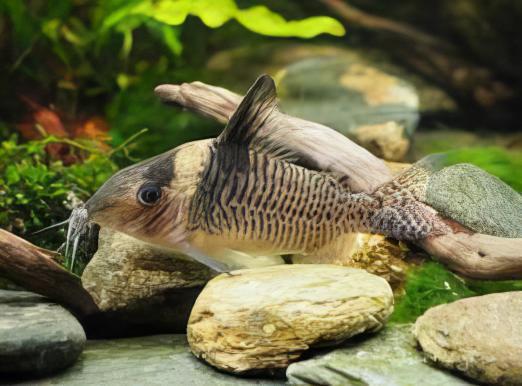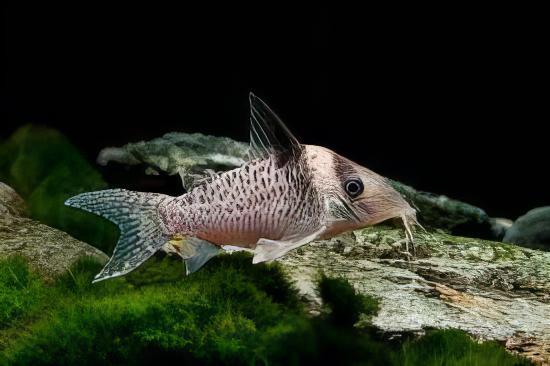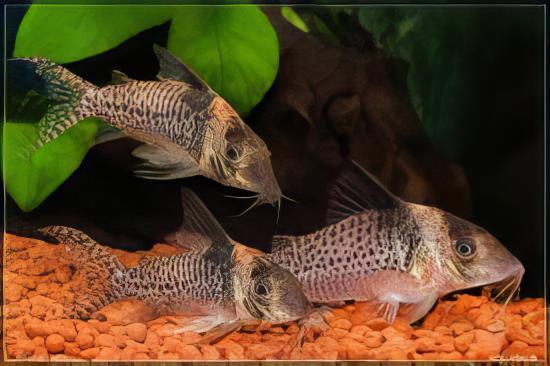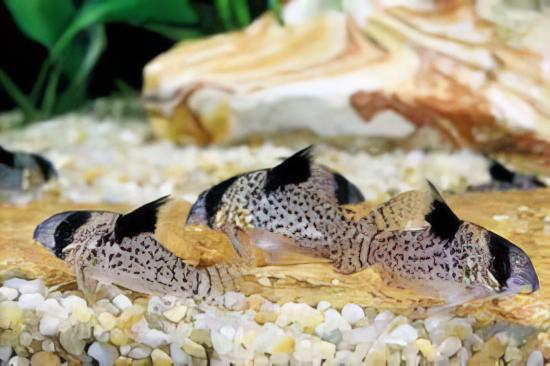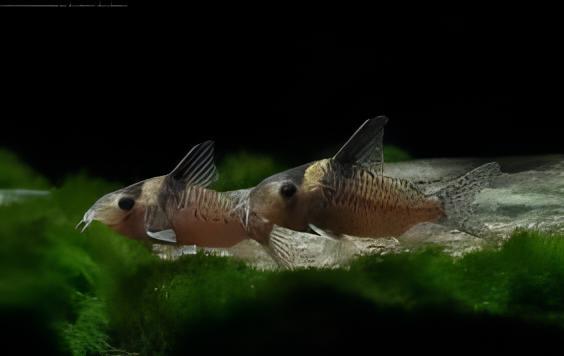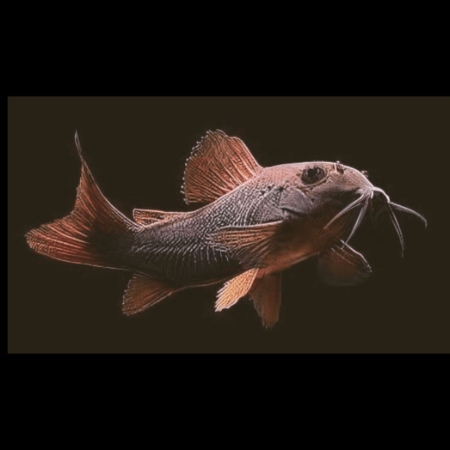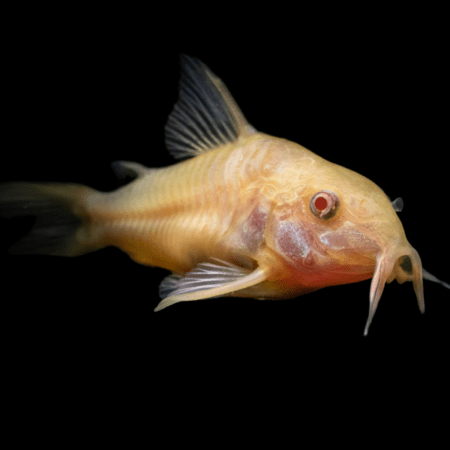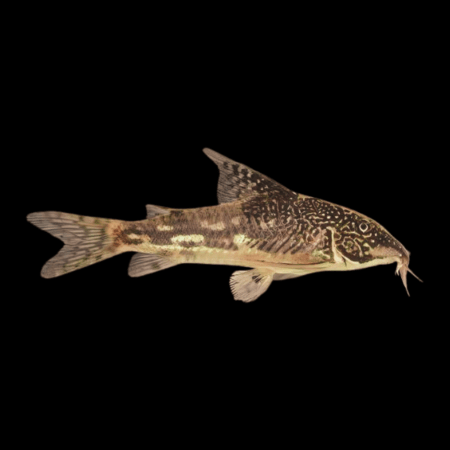Description
Corydoras Delphax
Overview
| Synonyms | None |
| Distribution | Colombia |
| Maximum Size | 7.5cm (3″) |
| Temperature | 21-26°C |
| Water Parameters | pH: 6.5-7.5, dH: up to 15 degrees. |
| Compatibility | Community |
| Lighting | No special requirements |
| Sexual Dimorphism | Mature females are larger and appear fuller when viewed from above. |
| Feeding | Catfish pellets, granules, flake and frozen foods |
Description
Care
The Delphax Cory is known from the Inarida River and upper Orinoco River basin in Colombia. This peaceful species is ideal for the mature community aquarium, and should be maintained in groups of 5 or more due to shoaling nature. Unfortunately, it can be a little prone to barbel infections/erosion, so it is of paramount importance that the fish are kept on a soft sand substrate (rather than gravel where waste can build up unseen) in order to protect these delicate sensory organs. Regular maintenance, including frequent partial water changes, should be carried out in order to keep these fish in good condition. Provide plenty of shady areas amongst driftwood, rocks, and areas of dense planting. Other peaceful species such as some of the smaller pencilfish, tetra, and rasboras make ideal tankmates, and their presence as “dither fish” in midwater will encourage the Corydoras out into view more often. Corydoras have the ability to breathe air intestinally, so a small gap should be left between the surface of the water and the cover slides in order for the fish to come up to the surface and take air in. It may do this numerous times per day. The specific epithet ‘delphax’ means ‘young pig’ or ‘piglet’, and is in allusion to the fish’s eating habits! May also be seen on sale as the False Blochi Catfish.
Breeding
Mature pairs can be triggered into spawning by performing a large, slightly cooler water change. The pair will adopt the classic “T position” where the male fertilises the eggs that are held between the females pelvic fins. The adhesive eggs will then be deposited onto plants, decor, or the sides of the aquarium etc and the process repeated. The eggs generally take 3-4 days to hatch after which time the tiny fry should be offered finely powdered first foods. A few days later they will be able to take newly hatched brineshrimp. To avoid predation and ensure a higher success rate, many fishkeepers move the parents to another aquarium after the eggs have all been deposited.



